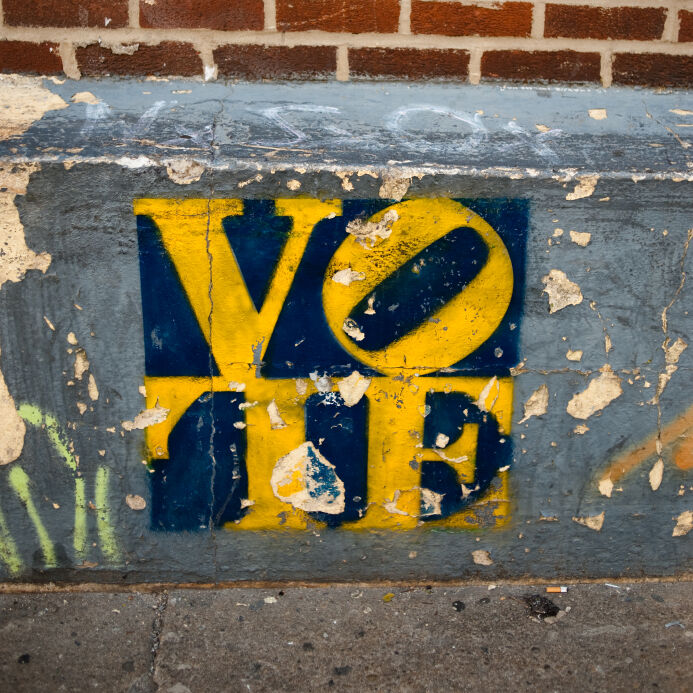Warm-up
Did you hear that Wawa/Sheetz is opening a sit-down restaurant? Choose the
regionally appropriate store and display its accompanying fake tweet. Allow responses. Ask students if they are surprised by this information or if they already knew it? When it makes sense to interject that this may not be true, do so, prompting students to consider how could it be on a site like Twitter if it isn’t true?
Review Key Terms
Confirmation bias, filter bubble
Whole Class Instruction
We recommend two lessons from Common Sense Media to teach skills of recognizing confirmation bias and breaking one’s social media filter bubble. You can access the entirety of Common Sense Education’s resources for teaching digital citizenship and media literacy with the creation of a free account. While these lessons are for different age ranges, we find them useful and easy to adjust to any level.
CHALLENGING CONFIRMATION BIAS (three activities, 15 minutes apiece)
- This lesson helps students be aware of this type of bias and avoid a common pitfall that leads to questionable conclusions.
FILTER BUBBLE TROUBLE (three activities totaling 50 minutes)
- Americans are increasingly sorting themselves into geographical and ideological bubbles. How do we recognize and puncture these bubbles?
Thank you to our partners at the Pitt Disinformation Lab for their consultation on the collection of these resources.
